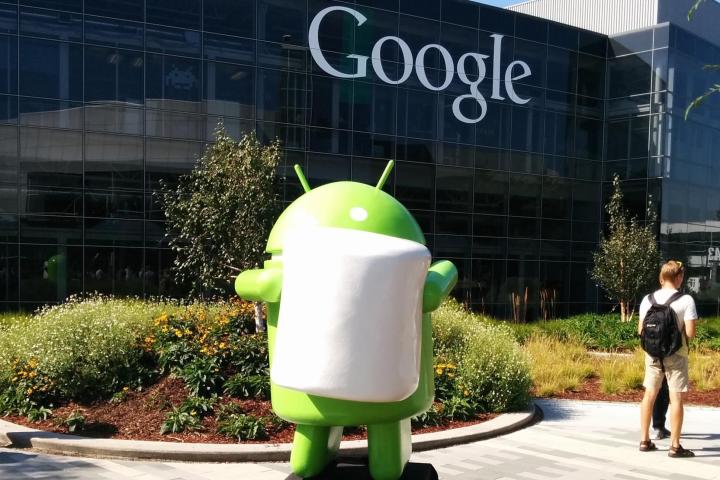
Google released the official Android 6.0 SDK along with the final Developer Preview update. Now, Android developers can publish apps that target the new API 23 in

The final Android 6.0 SDK is available for download through the SDK Manager in
Developers are encouraged to make sure their apps work well with Android Marshmallow and older versions by using Google Play’s new beta testing feature.
Google kept us in suspense last year, and Android L wasn’t announced as Lollipop until October. It appears that Google is trying to give manufacturers a leg up in getting their updates ready for a fall release this time around. Traditionally, Google doesn’t start pushing the over-the-air updates to Nexus devices until October or November. According to Google’s blog post, the final over-the-air update is on track for the same fall release.
Since the SDK was released earlier this year, we can only hope that more Android manufacturers will have updates ready at the same time. Motorola has a history of getting updates out quickly to its phones, so hopefully the likes of Samsung, LG, and HTC will follow suit.
Owners of the Nexus 5, Nexus 6, and Nexus 9 can download and install the latest Developer Preview system image now. Google is reiterating that althrough the Android 6.0 SDK is final, the device system images aren’t.
For instructions on installing the latest Developer Preview system image on your Nexus device, check out our very extensive guide.
We know that Google had a lot of choices for M, but we’re quite pleased with Marshmallow, since our readers overwhelming voted for it in our survey. Could white Nexus phones be all the rage this fall?
Editors' Recommendations
- When is my phone getting Android 13? Google, Samsung, OnePlus, and more
- With optimized apps, Android tablets will finally be more than big phones
- Google Pixel 6 Pro vs. Samsung Galaxy S21 Ultra
- Can Google’s Pixel 6 Pro camera beat the Samsung Galaxy S21 Ultra? I found out
- Android 12 is out. Or is it? Here’s why we think Google delayed the release
